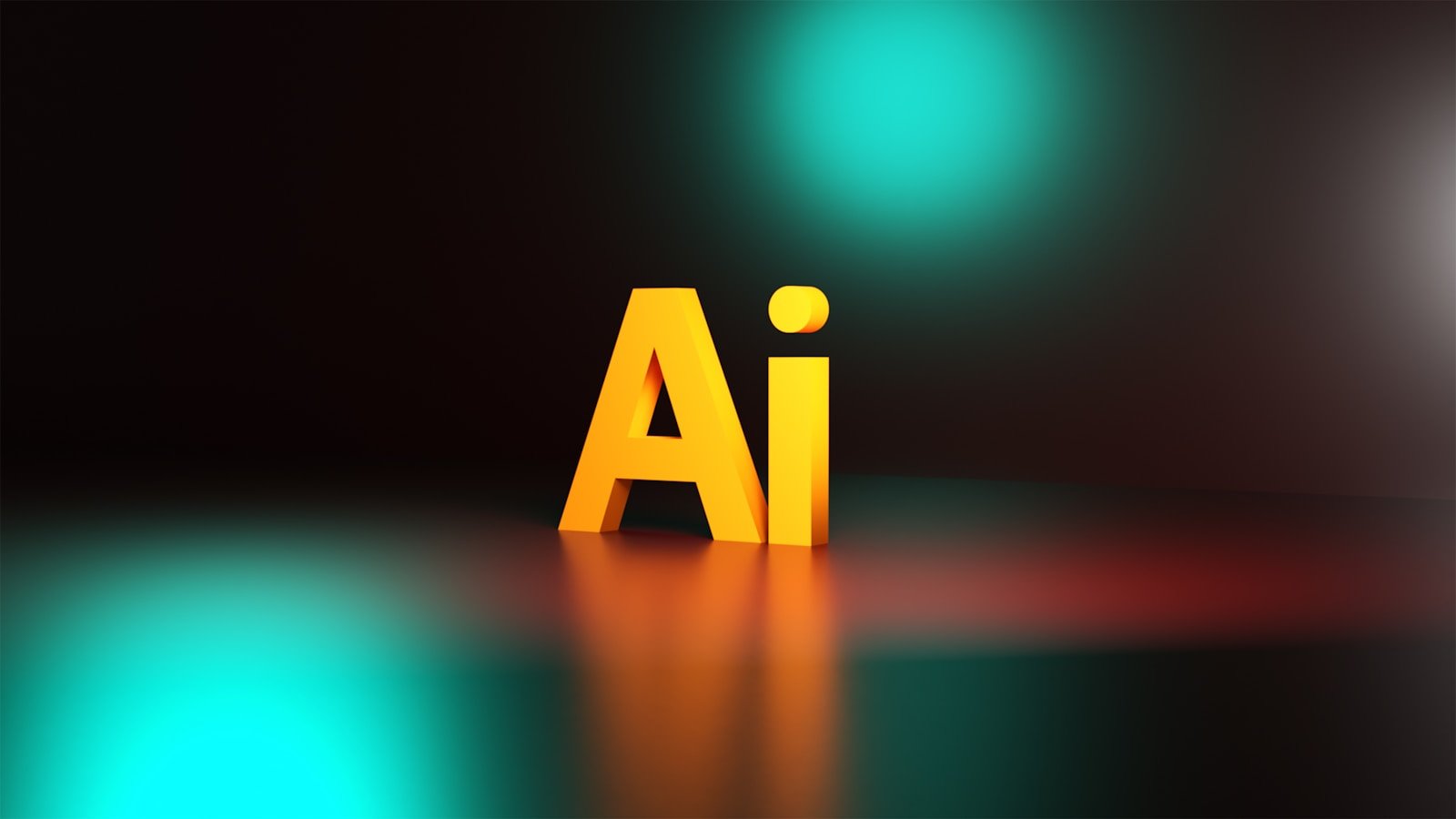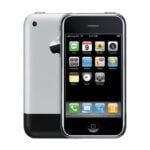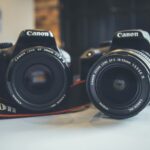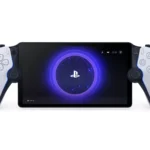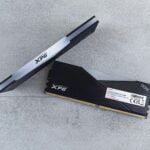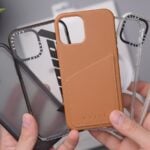AI art generators have transformed how we create digital images, offering powerful tools for both artists and beginners. Several options stand out for their unique capabilities and quality. Midjourney leads for artistic results and character art, while DALL-E 3 excels with complex queries and seamless integration into existing workflows.
New developments continue to improve these tools. MIT researchers recently developed HART (Hybrid Autoregressive Transformer), which generates high-quality images faster than previous methods. Other popular options include Stable Diffusion and Ideogram, with the latter specializing in accurate text rendering in images.
Choosing the right AI art generator depends on your specific needs. Some tools focus on photorealism, while others excel at stylized artwork or text accuracy. The best generators offer customization options and respond well to detailed prompts, giving users more control over the creative process.
The Best AI Art Generators
AI art tools have evolved dramatically — offering photorealism, cinematic lighting, and fine control over artistic style. Whether you’re a designer, marketer, or hobbyist, here are the top AI art generators worth using this year.
🥇 1. Midjourney v6
Best for: Professional digital artists & concept designers
Platform: Discord-based
Pricing: From $10/month
Why It’s Great:
- Exceptional realism and artistic detail
- Advanced prompt understanding and stylization
- Supports consistent character design and multi-image references
New in 2025:
- “Style Tuner” for consistent aesthetics
- Improved upscaling and facial accuracy
Pros:
✅ Unmatched visual quality
✅ Great for cinematic, fantasy, or illustrative art
Cons:
❌ Requires Discord
❌ No free tier
🥈 2. DALL·E 4 (by OpenAI)
Best for: Fast, accurate, and creative image generation
Platform: Web (via ChatGPT or OpenAI)
Pricing: Included with ChatGPT Plus or Team plans
Why It’s Great:
- Natural language understanding (no need for complex prompts)
- Integrated in ChatGPT for conversational image refinement
- Excellent at realistic compositions and text rendering
Pros:
✅ Easy for beginners
✅ Great for marketing visuals and concept mockups
Cons:
❌ Limited fine-tuning options
❌ Requires OpenAI subscription
🥉 3. Adobe Firefly 3
Best for: Designers & marketers using Adobe Creative Cloud
Platform: Web + Photoshop/Illustrator integration
Pricing: Included with Adobe CC plans
Why It’s Great:
- Commercially safe (trained on licensed data)
- Deep integration with Photoshop and Illustrator
- Excellent for product mockups, banners, and creative edits
Pros:
✅ Commercial use approved
✅ Seamless workflow for professionals
Cons:
❌ Requires Adobe subscription
❌ Not as creative as Midjourney or DALL·E
🧠 4. Leonardo.Ai
Best for: Game assets, characters, and concept art
Platform: Web
Pricing: Free tier available; paid from $12/month
Why It’s Great:
- Custom model training
- Fast, high-quality renders
- Community-driven prompt sharing
Pros:
✅ Great for indie game developers
✅ Supports upscaling and variations
Cons:
❌ Occasional style inconsistencies
🖌️ 5. Ideogram 2.0
Best for: Text and typography-based art
Platform: Web
Pricing: Free + Premium tiers
Why It’s Great:
- Best-in-class text rendering (perfect for posters, memes, and branding)
- Simple interface and fast generation
Pros:
✅ Accurate text in images
✅ Free to use
Cons:
❌ Limited advanced controls
🧩 6. Stable Diffusion XL (SDXL Turbo & FLUX Models)
Best for: Developers & power users
Platform: Local or hosted (via tools like Automatic1111, ComfyUI, or NightCafe)
Pricing: Free (open source)
Why It’s Great:
- Open-source flexibility
- Massive community and plugin ecosystem
- Supports LoRA, ControlNet, and fine-tuning
Pros:
✅ Fully customizable
✅ No subscription required
Cons:
❌ Requires setup and GPU power
💡 7. Runway ML Gen-3 Alpha
Best for: AI video-to-image and motion art
Platform: Web
Pricing: From $15/month
Why It’s Great:
- Can generate both still images and video frames
- Used in professional film and ad production
- Cinematic realism and motion consistency
Pros:
✅ Great for multimedia creators
✅ Video + image generation
Cons:
❌ Limited free usage
🌟 8. Imagiyo AI
Best for: Entrepreneurs & merch designers
Platform: Web
Pricing: Lifetime deal ($39.97 as of 2025)
Why It’s Great:
- Supports both Stable Diffusion and FLUX AI models
- Offers commercial licensing and NSFW/SFW toggles
- Affordable one-time payment
Pros:
✅ Budget-friendly
✅ Commercial use allowed
Cons:
❌ Smaller community
🧾 Quick Comparison Table
| Tool | Best For | Pricing | Platform | Strength |
|---|---|---|---|---|
| Midjourney v6 | Artistic realism | $10/mo+ | Discord | Best overall quality |
| DALL·E 4 | Everyday creativity | $20/mo (ChatGPT Plus) | Web | Ease of use |
| Adobe Firefly 3 | Commercial design | Adobe CC | Web/Desktop | Legal & integrated |
| Leonardo.Ai | Game art | Free / $12+ | Web | Custom models |
| Ideogram 2.0 | Text art | Free / Paid | Web | Typography accuracy |
| Stable Diffusion XL | Developers | Free | Local/Web | Open-source control |
| Runway ML Gen-3 | Video + image | $15/mo+ | Web | Cinematic motion |
| Imagiyo AI | Merch & content | $39.97 (lifetime) | Web | Affordable pro features |
🧠 Tips for Choosing the Right AI Art Generator
- For Professionals: Go with Midjourney, Firefly, or DALL·E 4.
- For Hobbyists: Try Leonardo.Ai or Ideogram.
- For Developers: Stable Diffusion XL is best.
- For Marketing & Branding: Firefly or Imagiyo AI offer commercial-safe outputs.
🔗 Sources
- PXZ.ai: Best AI Image Generators 2025
- PCMag: Tested – The Best AI Image Generators for 2025
- eWeek: Best AI Art Generator in 2025
- SimplyMac: Best AI Art Generator Tools for Digital Artists in 2025
Key Takeaways
- Midjourney and DALL-E 3 currently lead the AI art generator market for different strengths and use cases.
- Advanced prompt techniques significantly improve the quality and accuracy of AI-generated artwork.
- The best AI art tools balance quality, customization options, and user-friendly interfaces for different skill levels.
Exploring the Current Landscape of AI Art Generators
The AI art generation field has evolved rapidly in recent years, with multiple platforms offering increasingly sophisticated capabilities. These tools allow users to create stunning imagery using just text prompts, democratizing art creation for people of all skill levels.
Evolution and Mechanisms
AI art generators have transformed dramatically since their early iterations. Initially based on Generative Adversarial Networks (GANs), modern systems now primarily use diffusion models for superior results. These newer models start with random noise and gradually refine it into coherent images based on text descriptions.
The technology works by training on millions of images, learning to recognize patterns, styles, and objects. When users enter prompts, the AI analyzes the language and generates corresponding visual elements. Most current generators use some variation of this diffusion process.
Recent advances have improved image quality, coherence, and artistic style versatility. Systems can now produce photorealistic images, digital paintings, and abstract art with remarkable detail and consistency.
Leading AI Art Generators
Several platforms dominate the current AI art landscape in 2025. Midjourney continues to excel at producing highly artistic and aesthetically pleasing imagery with excellent composition. Its intuitive interface makes it popular among creative professionals despite its subscription model.
Stable Diffusion remains the go-to open-source option, offering flexibility for developers and advanced users to customize their experience. The platform supports local installation and various fine-tuned models.
DALL-E by OpenAI maintains its reputation for photorealistic generation and accurate prompt following. NightCafe and Dream by Wombo provide more accessible entry points for beginners, with free tiers and user-friendly mobile apps.
DeepAI and Jasper Art target business users with commercial licensing options and brand-consistent image generation capabilities. These tools integrate well with marketing workflows and content creation systems.
Enhancing User Experience and Personalization
AI art generators have evolved to focus heavily on user experience and personalization features. The best platforms now combine intuitive interfaces with extensive customization options that allow anyone to create unique digital artwork.
Customization Features
Today’s top AI art generators offer unprecedented control over the creative process. Users can select from dozens of art styles, from Renaissance paintings to cyberpunk illustrations. Most generators allow adjustments to aspect ratio, color palettes, and composition elements.
Text prompts have become more sophisticated, with advanced platforms understanding complex descriptions and nuanced language. This allows for highly specific image creation.
Many generators now include post-generation editing tools. Users can modify specific elements of their AI-generated images without starting over. These tools often include:
- Selective area editing
- Style transfer between images
- Detail enhancement for high-quality images
- Background replacement options
Mobile apps have made these features accessible on-the-go, with interfaces specifically designed for touchscreens.
Community and Engagement
The social aspect of AI art creation has become a central feature of leading platforms. Many generators now include built-in community galleries where users can share their creations and gain inspiration.
User feedback systems help improve the AI models over time. When users rate or provide feedback on generated images, the algorithms learn and adapt to produce better results.
Integration with social media platforms allows for seamless sharing of creations. This has created vibrant online communities centered around AI art.
Some platforms host challenges or themed events to encourage creative exploration. These community activities help users discover new techniques and applications for the technology.
Collaboration features enable multiple users to build upon each other’s work, creating entirely new creative workflows not possible with traditional art methods.
Frequently Asked Questions
AI art generators have evolved rapidly, offering various features and quality levels. Users often have specific questions about which tools best suit their needs, whether for professional projects or casual creativity.
What are the top-rated AI art generators currently available?
Google’s ImageFX currently ranks as one of the best AI image generators on the market. It produces highly realistic images at no cost to users.
Other top-rated options include Midjourney, DALL-E, and Stable Diffusion. These platforms have established themselves as industry leaders due to their advanced algorithms and image quality.
Each generator has different strengths, with some focusing on photorealism while others excel at artistic stylization.
Which free AI art generators offer the highest quality artwork?
Google’s ImageFX stands out as the leading free option, producing remarkably high-quality, realistic images without any cost to users.
Other noteworthy free options include Bing Image Creator and the basic versions of platforms like Leonardo.ai and Playground AI.
These free tools have dramatically improved in recent months, closing the quality gap with their paid counterparts.
How do the newest AI art generators compare to previous versions in terms of features and functionality?
The 2025 generation of AI art tools shows significant improvements in detail rendering and style consistency compared to their predecessors.
Newer models better understand complex prompts and can maintain coherent themes across multiple generated images.
Text handling has also improved dramatically, with recent generators creating more readable and natural-looking text in images.
Are there any AI art generators that specialize in creating character designs?
Character.ai and ArtBreeder have become popular choices for those specifically looking to create detailed character designs.
These specialized tools offer enhanced control over facial features, body proportions, and stylistic elements that make them ideal for character artists.
Many include template options for common character types found in animation, gaming, and illustration.
What applications are best for generating AI art on mobile devices?
Dream by WOMBO continues to lead in mobile AI art generation, offering an intuitive interface designed specifically for smartphone users.
StarryAI and NightCafe also provide robust mobile experiences with apps that don’t sacrifice quality despite the smaller platform.
These mobile options have improved dramatically in processing speed, allowing for almost real-time generation on newer devices.
Which AI art generator is most popular among artists and creatives?
Midjourney remains the most widely used AI art generator among professional artists and creative professionals.
Its strong community focus and specialized features for artistic styles have made it particularly appealing to those in creative fields.
Many professional artists use Midjourney as a complementary tool in their workflow rather than a replacement for traditional techniques.

